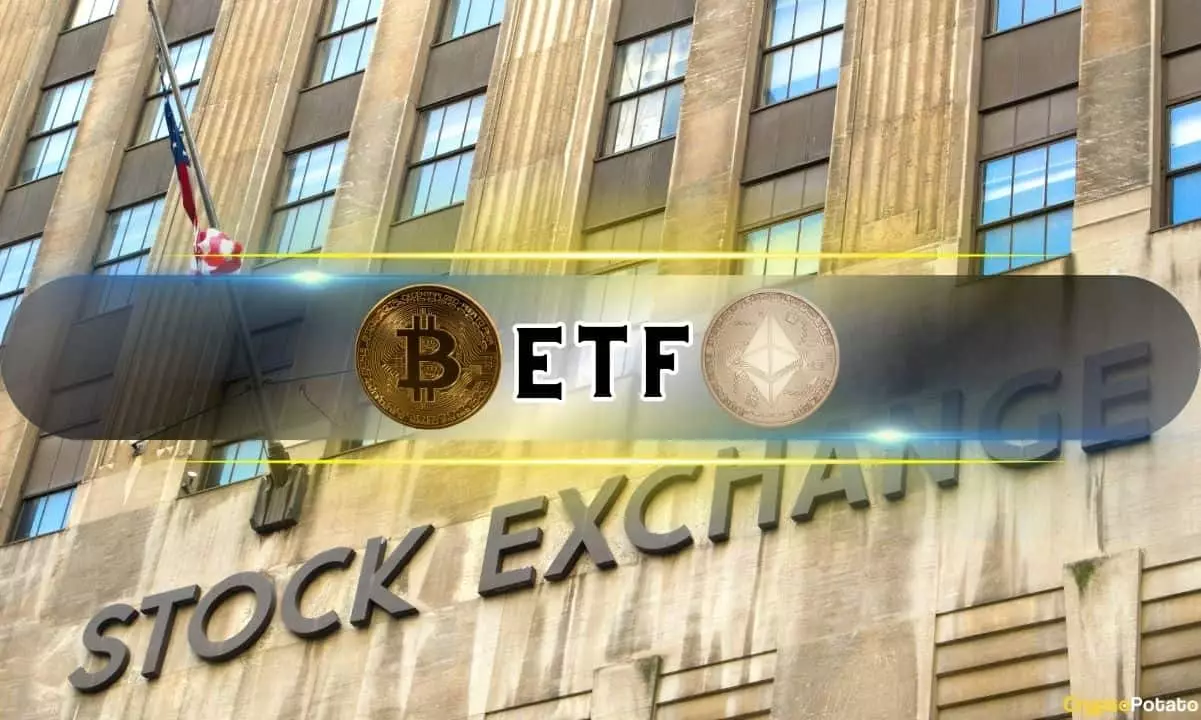The past trading week has been nothing short of impressive for Bitcoin ETFs, with over $500 million flowing into the largest US-based products. Despite a rough start at the beginning of the month, where losses of over $550 million were recorded in just three days, both the inflows and the cryptocurrency’s price began to recover in the following weeks. Only two days since the major crash on August 2, 5, and 6, have seen investors pulling out funds from the US-based spot ETFs – on August 9 and 14. However, the recent surge in popularity saw a total of $506.4 million entering the ETFs in just five trading days.
BlackRock Leads the Way
BlackRock’s IBIT stood out as the top performer, gaining substantial amounts on multiple days, including $92.7 million on Monday and $86.8 million on Friday. In contrast, Grayscale’s GBTC continued its outflow streak, with significant sums leaving the fund daily. BlackRock’s Bitcoin ETF now holds an impressive $20.7 billion, while Grayscale’s ETF lags by nearly $1 billion. The strong performance of Bitcoin ETFs showcases a growing interest in the cryptocurrency landscape.
In stark contrast, Ethereum ETFs have been facing a challenging time since their launch in the United States three weeks ago. While Bitcoin ETFs saw a surge in investments, Ethereum products experienced consecutive withdrawals for seven days, indicating a lack of demand and interest. Grayscale’s ETHE, for instance, has witnessed withdrawals in 13 out of the 14 days since trading began. Overall, Ethereum ETFs have been in the red for 10 out of the 14 trading days, showcasing a significant difference in investor sentiment compared to Bitcoin.
BlackRock’s ETHA and Fidelity’s FETH
BlackRock’s ETHA, the first newly launched Ethereum fund to surpass the $1 billion mark, saw limited inflows on Monday, with $26.8 million entering the fund. Fidelity’s FETH also experienced a strong Thursday, attracting $14.3 million in net flows. Despite these isolated instances of positive performance, the overall trend for Ethereum ETFs remains bearish, as investors continue to withdraw funds from these products consistently.
The data presented above clearly illustrates the divergent paths taken by Bitcoin ETFs and Ethereum ETFs in recent weeks. While Bitcoin products have attracted substantial investments and shown resilience in the face of market volatility, Ethereum ETFs have struggled to gain traction and retain investor interest. The current scenario reaffirms the dominance of Bitcoin in the ETF market and highlights the challenges faced by alternative cryptocurrencies like Ethereum in establishing themselves as viable investment options. As the cryptocurrency landscape continues to evolve, it will be interesting to see how these trends shape the future of the digital asset market.

